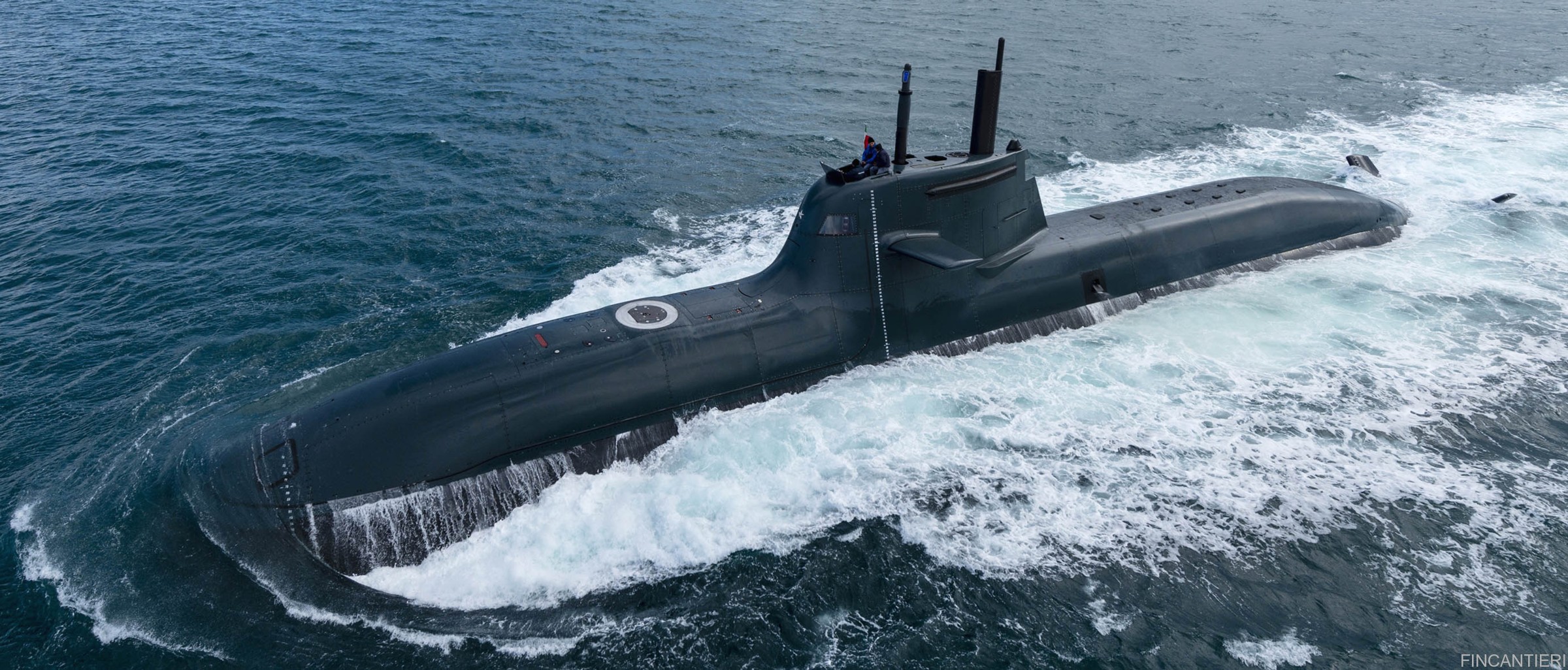bilby
Fair dinkum thinkum
- Joined
- Mar 6, 2007
- Messages
- 40,474
- Gender
- He/Him
- Basic Beliefs
- Strong Atheist
Generating electricity nobody needs is dumb; Mitigating that dumb by using the electricity nobody needs, to make hydrogen nobody wants, is probably not a particularly smart way to solve this problem.No. It's useful to produce hydrogen when all the current demand is satisfied by perishable sources even if you have fossil fuel use at other times.If I read one more person suggesting to use wind or solar to generate hydrogen (at a loss), I'm going to lose my mind. That is only useful when you have all of your electricity managed with green sources, like Costa Rica. I'm so tired of hearing about hydrogen. If industry wants to make their own hydrogen for industrial purposes, they can build their own mills or panels.article said:Companies suggest the energy could also be used to produce hydrogen...
Hydrogen is a useful precursor for many chemicals and is easily produced from excess power without any need to power up/power down so it won't mind suddenly being cut off when the cloud goes in front of the sun. Just because it doesn't make a good fuel doesn't mean it doesn't have other uses.The whole hydrogen thing is a massive red herring; Hydrogen is a terrible vehicle fuel in so many ways. There's literally no situation where it makes more sense to produce hydrogen than to produce a more useful synthetic fuel, such as alcohols or hydrocarbons.If I read one more person suggesting to use wind or solar to generate hydrogen (at a loss), I'm going to lose my mind. That is only useful when you have all of your electricity managed with green sources, like Costa Rica. I'm so tired of hearing about hydrogen. If industry wants to make their own hydrogen for industrial purposes, they can build their own mills or panels.article said:Companies suggest the energy could also be used to produce hydrogen...
As it stands now wind/solar sometimes gets idled because there's nothing to do with the capacity. Making hydrogen is a cheap (the plant is very cheap to build) way to make use of that effectively free power.
There is nothing as useless as doing, with great efficiency, that which need not be done at all.
Particularly as the real problem, hiding behind all those times when wind and solar are generating needless electricity, is the times in between, when we need electricity, but wind and solar aren't generating enough.
Today, we solve that problem by burning fossil gas and coal. Which neatly eliminates wind and solar as workable solutions to the original problem we were trying to address - that we need to stop burning fossil fuels.
The only way yet demonstrated to achieve this is to use nuclear and hydroelectric generators. And once we start doing that, wind and solar are exposed as the futile waste of effort and money that they truly are*.
To be fair, a few percent of these is able to generate electricity in a genuinely profitable way; The problem is that profits decline rapidly as the proportion of these technologies approaches 10-15% of total generation, and become negative (unless subsidised) above that level, as the Germans are discovering to their very considerable cost.



